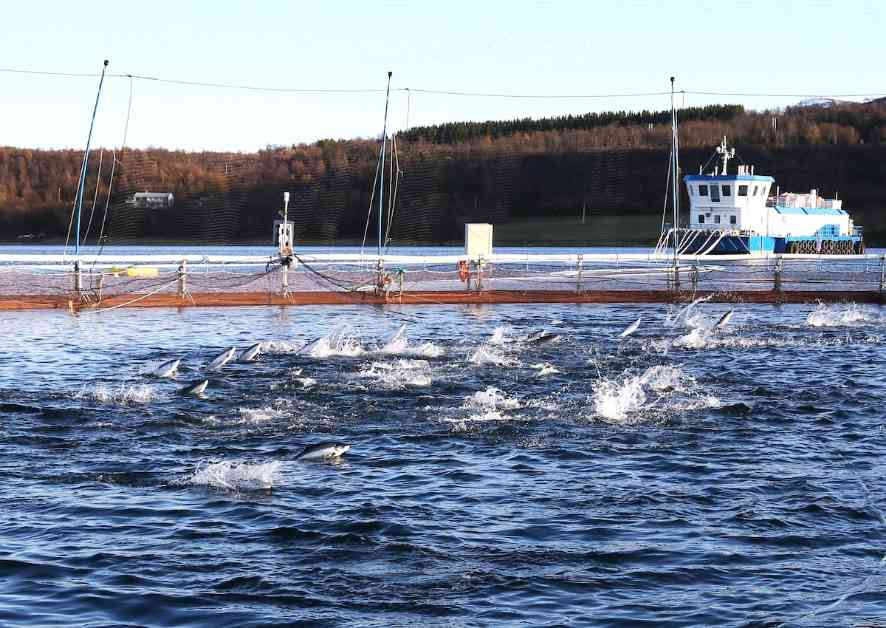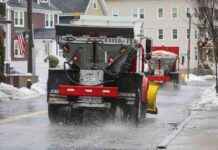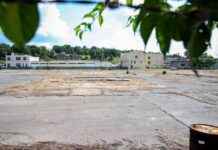A Massive Salmon Escape Puts Norwegian Wild Fish Population at Risk
In a recent event that unfolded off the coast of Troms County in northern Norway, a staggering 27,000 farmed salmon managed to escape from a farm, triggering concerns among environmentalists and authorities. This incident, which took place at the Storvika V facility in Troms, turned into a race against time as the Norwegian Directorate of Fisheries and the global seafood company Mowi scrambled to contain the situation.
The Mowi company, recognized as the largest salmon producer globally, offered a reward to fishers who could successfully catch the escaped salmon. With a bounty of approximately $44.65 per salmon captured, the company aimed to mitigate the impact of the escape on the local ecosystem. This escape amounted to a quarter of Mowi’s 105,000 farmed salmon population, and the company cited a storm as the cause of the breakout.
The aftermath of the severe storm revealed that the outer ring of a cage where the salmon were kept had been damaged, while a mooring was suspected of catching fire. The average weight of the escaped salmon was reported to be 12.1 pounds, raising concerns about their potential impact on the surrounding marine environment.
Efforts to Recapture Escaped Salmon
In response to the escape, the Norwegian authorities issued an order for the expansion of recapturing operations beyond the usual 500-meter zone around the facility. This decision was driven by the magnitude of the incident and aimed to contain the spread of escaped salmon in the wild. Mowi was tasked with extending its efforts to recover the farmed fish and limit their impact on the local wild salmon population.
The escaped salmon posed significant environmental risks, including threats to genetic diversity among wild salmon, intensified competition for spawning grounds, and increased sea lice infections. Pål Mugaas, a spokesperson for Norske Lakseelver (Norwegian Salmon Rivers), emphasized the detrimental effects of interbreeding between farmed and wild salmon, pointing out the long-term consequences on the survival rate of offspring in nature.
Concerns and Future Outlook
As concerns mount over the impact of farmed salmon on wild populations, Norway finds itself at a crossroads in addressing the environmental challenges posed by aquaculture. The Norwegian Atlantic salmon scientific advisory committee has identified farmed salmon as a major threat to the survival of wild Atlantic salmon stocks, with genetic interference affecting two-thirds of Norway’s wild salmon populations.
Despite acknowledging the existential threat to North Atlantic salmon, Norway’s environment minister, Andreas Bjelland Eriksen, has refrained from imposing an outright ban on open-net fish farming. Instead, the focus has shifted towards establishing acceptable pollution levels to safeguard wild salmon populations from further decline.
With the ongoing effort to recapture the escaped salmon and mitigate their environmental impact, Mowi expressed gratitude to the Coast Guard Ship Svalbard and various organizations for their support in the operation. The company emphasized the critical role of dedicated employees and partners in addressing the challenges posed by the escape incident.
As the world grapples with the delicate balance between aquaculture and wild fisheries, the recent salmon escape in Norway serves as a stark reminder of the interconnectedness of marine ecosystems. Through collaborative efforts and sustainable practices, stakeholders can work towards preserving the biodiversity and resilience of wild salmon populations for future generations.














